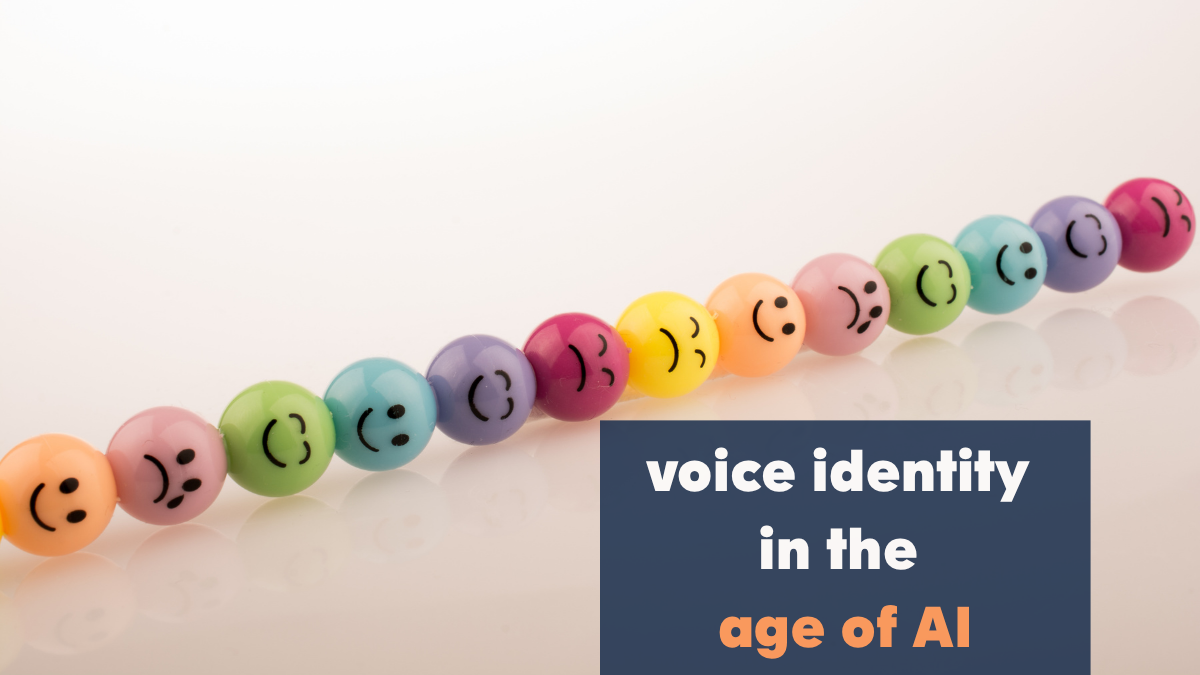Often when communicators are using only single words, there is a certain amount of frustration involved at the inability to go beyond expressing limited ideas. Moreover, emergent communicators tend to use single words for only requesting. Sentences, on the other hand, help communicators convey a range of complex ideas and sets up the stage for them to become confident communicators. Let’s take a look at how we can support our learners to develop their language abilities and build longer sentences.
In the early stages, when a communicator is using single symbols(objects, pictures, spoken or written words ) to communicate, we strive to get them to use 2 symbols. When they start doing that, the goal is to move on to using 3 and then gradually more until they can use proper grammatical sentences. Learning to increase sentence length, therefore, is an important language goal. We need to encourage learners to generalize longer utterances with varied communication partners & in different situations to become proficient communicators.


When should it be done?
It is most appropriate to begin modelling phrases (partial sentences) when the child is using single words to communicate. In typically developing children this occurs a little after their first birthday. Modelling sentences can start when the child is 20 – 24 months of age when they are using 2-word combinations- to request, deny, question etc. For children with complex communication needs, we can start modelling phrases with 2 or more words whenever they start using single symbols to communicate.
Helping Communicators to Build Sentences
The most common strategies to increase sentence length would be to use expansions and extensions.
When expanding, the communication partner responds to the child’s single words with a grammatically correct sentence.
In extensions in addition to modelling the grammatically correct sentence, they also add a piece of new information to it
For example,
If the Communicator is saying ‘daddy ‘ to indicate that daddy went to office,
Expansion – Yes! daddy went to his office
Extension – Daddy went to his office in the car. The car went very fast!!
If the communicator uses an AAC system, model ‘daddy went office’ or ‘daddy went to office’ while expanding/expanding. (Modeling 1-2 words more than the communicator’s current level)
Here’s another example –
If the communicator utters ‘Home’
Expansion: I think you want to go home.
Extension: Oh! I think you’re saying you want to go home now. Maybe, you are feeling tired.
In both instances, it is important to acknowledge and appreciate all communication attempts while modelling the correct sentence production. If the communicator uses an AAC system, model ‘go home’ or ‘want go home’ on the communication device while expanding/extending.
Supporting Different Learners
Let’s see how we can use expansion and extension with different kinds of learners.
Auditory /verbal aids –
The communicator listens to and is encouraged to repeat the communication partner’s verbal expansions /extensions of their original utterances(auditory messages).
Here, we can pause at appropriate places with an expectant look encouraging the child to fill in.
For example,
Communicator – ‘Look car ‘
Communication Partner – ‘yellow
‘Look at that…’
Here the stimulus the child receives is only auditory and so is transient. This, however, works well with children who are auditory learners.
Visual aids –
We can use pictures/written words when expanding on the communicator’s original utterance. This way, communicators get to look at the words that are expected of them while modelling. We can continue to use this stimulus as long as the communicator needs it. This works well with children who are visual learners like in autism and those with a short attention span where the pictures help in maintaining the communicator’s interest.
Whether you decide on using visual/auditory aids or a combination of both, Speech Generating Devices(SGDs) and AAC systems are a great resource for providing the stimulus needed for modelling sentences of any length. The extensive picture vocabulary along with auditory feedback in the communication device makes it an ideal tool not only for beginning communicators but also for communicators struggling to form sentences. Moreover, the in-built morphology options in high tech AAC devices support communicators to build longer sentences that are also grammatically correct. This not only helps in increased social interactions but also opens the door to literacy acquisition in communicators.
WRITTEN BY
Niveditha Ryali
Speech – Language – Swallowing Therapist
I have 16 years of learning experience that comes from working in NHS(UK), special schools, hospitals and private practice. I am passionate about working on improving Speech, Language and Swallowing skills in children and adults. I also strive to facilitate early communication in children with complex communication needs, thereby improving parent-child bonding.


References:
https://praacticalaac.org/strategy/building-sentence-length-say-it-spontaneously/
https://raisingchildren.net.au/toddlers/development/language-development/language-1-2-years





